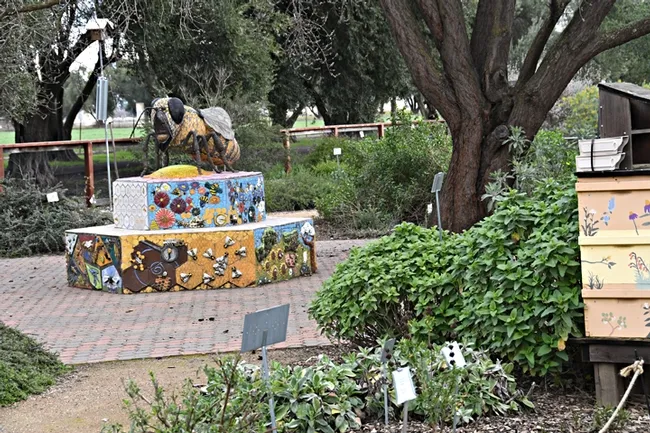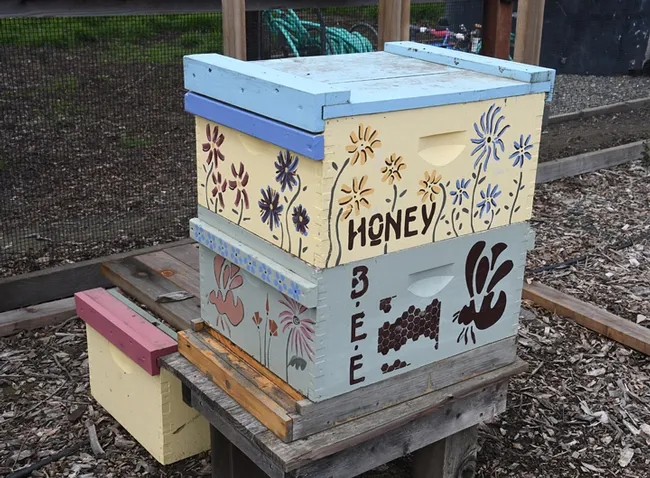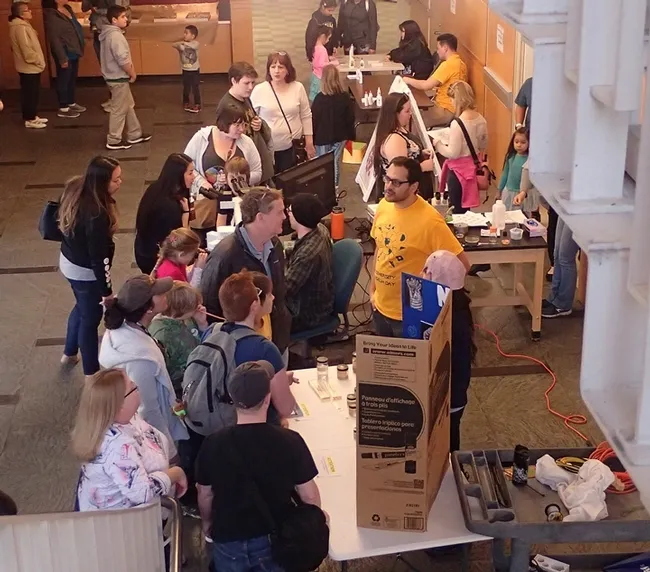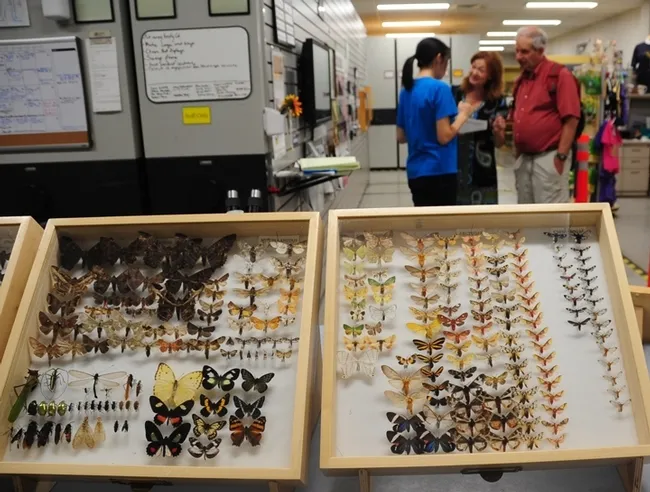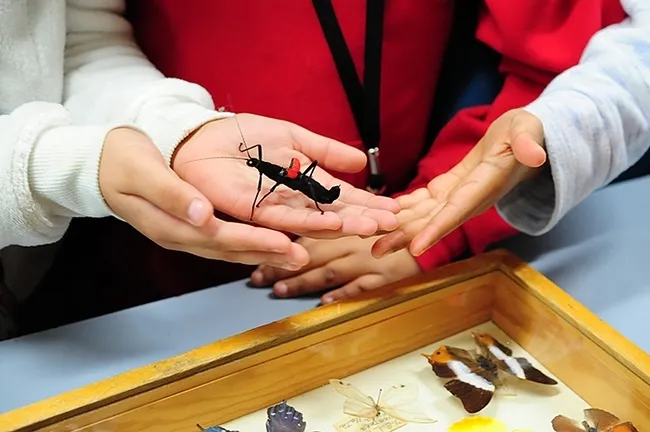See Bugs, Bees and Nematodes on UC Davis Biodiversity Museum Day
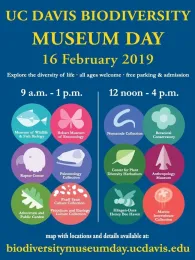
Bring your family. Bring your friends. Bring your camera.
The science-based event, free and family friendly, begins at 9 a.m. and concludes at 4 p.m. Thirteen museums or collections will be open in a celebration of the diversity of life, and an opportunity to talk to the scientists. Hours will range from 9 a.m. to 1 p.m. for some collections, and from 12 noon to 4 p.m. for others.
The UC Davis Department of Entomology is showcasing
- The Bohart Museum of Entomology, open from 9 a.m. to 1 p.m. and located in Room 1124 of the Academic Surge Building on Crocker Lane
- The Nematode Collection, open from 12 noon to 4 p.m. and located in the Sciences Laboratory, off Kleiber Hall Drive
- The Häagen-Dazs Honey Bee Haven, open from 12 noon to 4 p.m. and located on Bee Biology Road, west of the central campus.
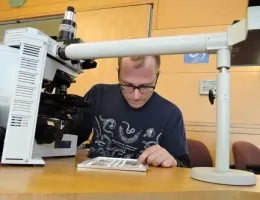
The nematode collection will feature both live and slide-mounted nematodes, as well as jars of larger parasites. Nematodes, also called worms, are described as “elongated cylindrical worms parasitic in animals or plants or free-living in soil or water. They exist in almost every known environment.”
At the Honey Bee Haven, visitors can learn about bees and the plants they pollinate. Folks can engage in a catch-and-release activity, using vacuum-like devices. An almond tasting event is also planned. The garden, installed in the fall of 2009, is located next to the Harry H. Laidlaw Jr. Honey Bee Research Facility.
These seven collections will be open from 9 a.m. to 1 p.m.:
- Arboretum and Public Garden, Good Life Garden, next to the Robert Mondavi Institute, 392 Old Davis Road, on campus
- Bohart Museum of Entomology, Room 1124 of the Academic Surge Building, Crocker Lane
- California Raptor Center, 340 Equine Lane, off Old Davis Road
- Museum of Wildlife and Fish Biology, Room 1394, Academic Surge Building, Crocker Lane
- Paleontology Collection, Earth and Physical Sciences Building, 434 LaRue Road
- Phaff Yeast Culture Collection, Robert Mondavi Institute of Wine and Food Science, 392 Old Davis Road, on campus
- Viticulture and Enology Culture Collection, Robert Mondavi Institute of Wine and Food Science, 392 Old Davis Road, on campus
The following will be open from noon to 4 p.m.:
- Anthropology Museum, 328 Young Hall and grounds
- Botanical Conservatory, Greenhouses along Kleiber Hall Drive
- Center for Plant Diversity, Sciences Laboratory Building, off Kleiber Hall Drive
- Häagen-Dazs Honey Bee Haven, Bee Biology Road, off Hopkins Road (take West Hutchison Drive to Hopkins)
- Nematode Collection, Sciences Laboratory Building, off Kleiber Hall Drive
- Marine Invertebrate Collection, Sciences Laboratory Building, off Kleiber Hall Drive
All participating museums and collections have active education and outreach programs, but the collections are not always accessible to the public. Maps, signs and guides will be available at all the collections, and also online at http://biodiversitymuseumday.edu, and on social media, including Facebook and Twitter, @BioDivDay.
